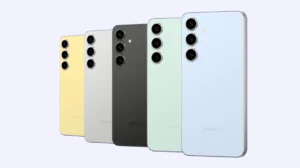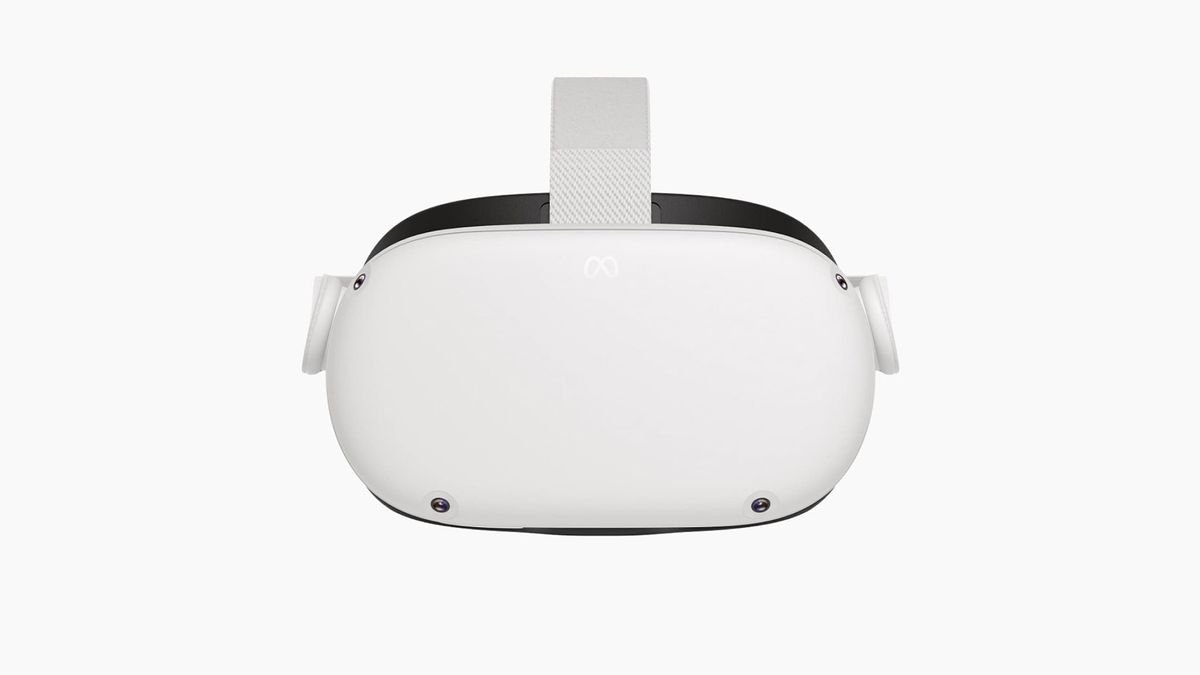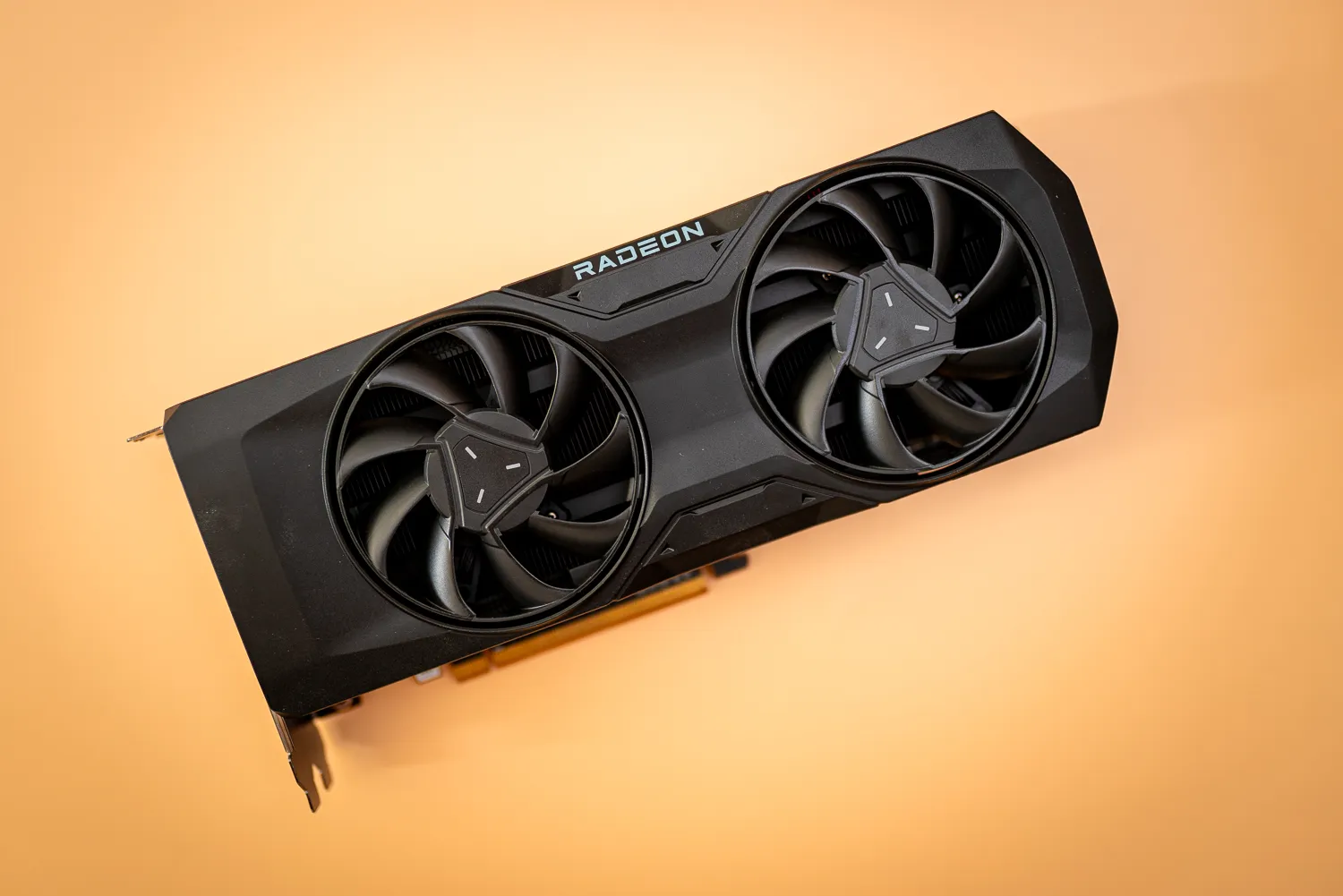The tech community is abuzz with discussions on the upcoming iPhone 16 Pro, especially concerning its heart – the A18 Pro chip. Known for pushing the boundaries of smartphone technology, Apple seems to have taken a significant leap in terms of artificial intelligence (AI) with the new A18 Pro chip. This processor is not just a routine upgrade; it’s Apple’s bold step into a future where AI plays a central role right from the palm of your hand.
Key Highlights:
- Advanced AI Capabilities: The A18 Pro chip is tailored to enhance on-device AI performance, marking a shift in how Apple integrates AI into its devices.
- Increased Die Area for More Transistors: To support advanced AI computations, the chip features a larger die area, allowing for more transistors and specialized components.
- Focus on Edge AI Computing: Apple aims to optimize the balance between cloud-based and on-device AI, with a significant tilt towards the latter for instant processing and data privacy.
- Enhanced Neural Engine: Rumors suggest a significant boost in the neural engine’s capabilities, possibly increasing the number of cores dedicated to AI tasks.
- Preparation for Generative AI Features: Apple’s CEO, Tim Cook, has hinted at significant AI features arriving later this year, likely powered by the A18 and upcoming M4 chips.
Exploring the A18 Pro Chip
Apple’s venture into enhancing the A18 Pro chip’s AI capabilities signifies a strategic move to harness the power of on-device processing. This decision aligns with the industry’s growing inclination towards edge AI computing, where data processing occurs directly on the device, minimizing latency and preserving privacy. The chip’s larger die area is a technical marvel, enabling the accommodation of additional transistors that pave the way for more complex computations without compromising on energy efficiency.
The AI Advantage
Sources indicate that Apple is optimizing the A18 Pro chip with a larger die size. This means more space for transistors and components, allowing for enhancements specifically designed to boost AI capabilities. A more powerful Neural Engine – Apple’s dedicated AI processing unit – is also likely, leading to faster AI computations within various iPhone applications.
What about the Graphics?
While the AI improvements promise significant upgrades, the graphics processing unit (GPU) may not see a major overhaul. Analysts speculate that Apple will retain the same 6-core GPU design as in the current iPhone 15 Pro’s A17 Pro chip. This doesn’t mean there won’t be performance gains, but the changes might be more incremental compared to the AI advancements.
The integration of a more powerful Neural Engine within the A18 Pro chip suggests that Apple is not only catching up with the AI trend but also preparing to lead it. By increasing the number of AI computing cores, Apple aims to offer unprecedented AI performance in a smartphone, setting a new standard for mobile technology.
The A18 Pro chip in the iPhone 16 Pro symbolizes a future where smartphones are not just communication tools but intelligent devices capable of complex AI computations on the go. This leap towards a more AI-centric architecture could redefine user experiences, offering more personalized, efficient, and secure interactions with technology. As Apple gears up for the launch of the iPhone 16 Pro, the tech world watches closely, anticipating the impact of this groundbreaking chip on the smartphone industry and beyond.



















Add Comment